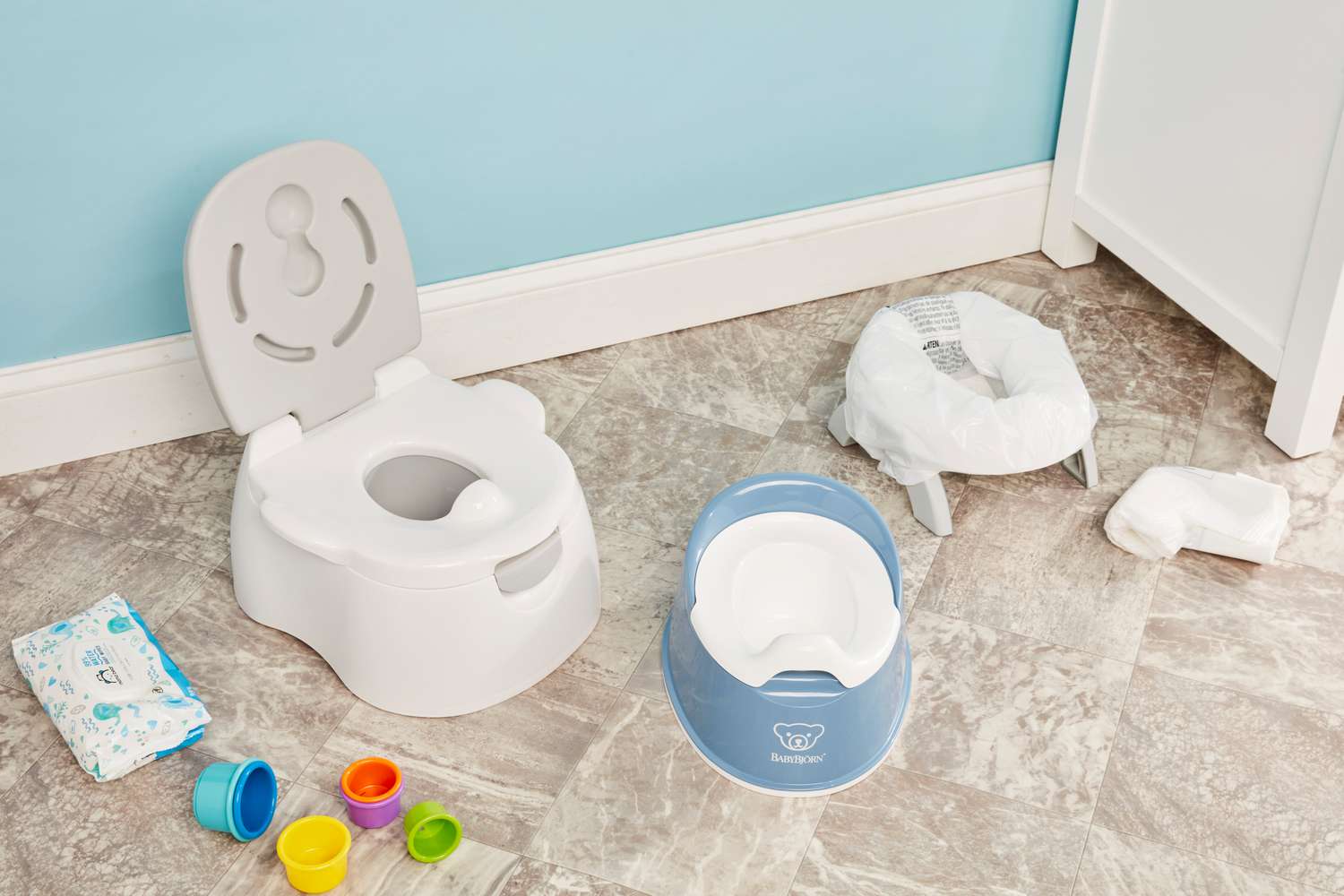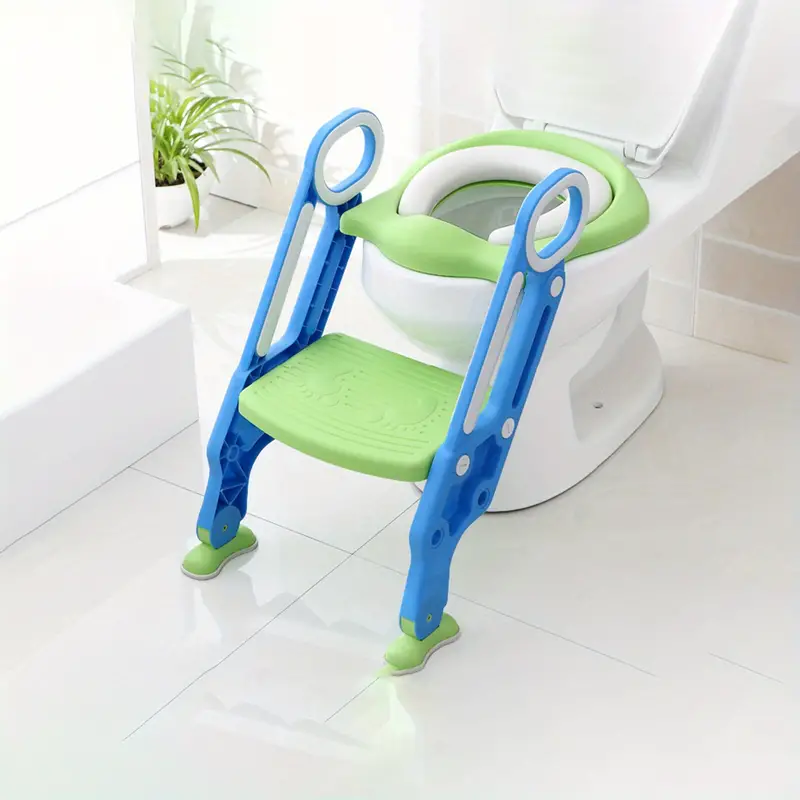Potty Training Seat: Choosing the Right Throne for Your Little One
Potty training is a significant milestone for both toddlers and parents. It’s a journey of independence, accomplishment, and yes, sometimes a few messes along the way. A potty training seat can be a valuable tool in this process, providing a familiar and comfortable place for your child to practice using the toilet. However, with a variety of options available, choosing the right potty training seat can feel overwhelming. Here, we’ll explore different types of potty training seats, their pros and cons, and factors to consider when making your selection.
Types of Potty Training Seats
There are several types of potty training seats available, each with its own advantages and disadvantages. Here’s a breakdown of the most common ones:
-
Stand-alone Potty Chairs: These resemble miniature toilets and come with a removable bowl for easy cleaning. They can be a good option for younger toddlers who might feel overwhelmed by the size of a regular toilet.
-
Potty Training Seats with Rings: These fit directly onto your existing toilet seat, reducing the size and creating a familiar toilet experience for your child. They might be a good option for toddlers who are ready to transition from a stand-alone potty chair.
-
Folding Travel Potty Seats: These portable and lightweight seats can be a lifesaver during diaper changes on the go. They fold flat for easy storage and can be used on most standard toilets.
-
Ladder Potty Seats: These combine a potty seat with a step stool, offering a complete toilet training solution. The step stool helps toddlers climb onto the toilet independently, fostering a sense of accomplishment.
Remember: The best type of potty training seat for your child depends on their individual needs, preferences, and stage in the potty training journey.
Pros and Cons of Potty Training Seats
Before diving into specific features, let’s weigh the overall advantages and disadvantages of using a potty training seat:
Pros:
-
Comfort and Familiarity: A potty training seat can provide a comfortable and familiar place for your child to practice using the toilet, reducing anxiety and encouraging them to try.
-
Reduced Risk of Falling: Potty training seats with a smaller opening can minimize the risk of your child falling into the larger toilet bowl, offering them a sense of security.
-
Promotes Independence: Using a potty training seat allows toddlers to climb on and off the toilet independently, fostering a sense of accomplishment and self-reliance.
-
Improved Hygiene: Some potty training seats come with splash guards, helping to maintain a more hygienic environment during potty breaks.
Cons:
-
Transitioning to Regular Toilet: Some toddlers might become overly reliant on the potty training seat and resist using the regular toilet, making the transition more challenging.
-
Cleaning Considerations: Emptying the bowl and cleaning the potty training seat adds an extra step to the potty training routine.
-
Space Limitations: Stand-alone potty chairs can take up additional space in your bathroom, which might be a concern for smaller bathrooms.
-
Cost Factor: Potty training seats can range in price depending on the features and brand. Consider your budget and choose an option that meets your needs without breaking the bank.
Remember: The decision of whether or not to use a potty training seat is ultimately up to you and your child. Weigh the pros and cons, and consider your child’s comfort level and preferences.
Choosing the Right Potty Training Seat: Essential Factors
With different types and features available, here are some key factors to consider when choosing the right potty training seat for your little one:
-
Your Child’s Age and Size: Consider your child’s age, size, and developmental stage. Younger toddlers might benefit from a stand-alone potty chair, while older toddlers transitioning to the regular toilet might prefer a potty training seat with a ring.
-
Comfort and Stability: Choose a seat that is comfortable for your child to sit on and provides a sense of stability. A wide base and a supportive backrest can help prevent tipping and make the experience more enjoyable.
-
Ease of Cleaning: Look for a seat with a removable bowl and smooth surfaces for easy cleaning. This will help maintain hygiene and make the potty training process more manageable.
-
Safety Features: Consider features like a splash guard to help minimize messes and a non-slip base to prevent the seat from sliding around.
-
Your Budget: Potty training seats range in price from basic to feature-rich options. Set a budget and choose a seat that offers the features you need without exceeding your spending limit.
-
Your Child’s Preferences: Involve your child in the selection process, if possible. Let them choose a seat with a design or color that appeals to them. This can increase their excitement about using the potty and make them more receptive to trying it out.
-
Portability: If you travel frequently or plan to use the potty training seat outside the home, consider a portable and foldable option.
-
Ease of Use: Look for a seat that is easy for your child to use independently. This might include features like easy-grip handles or a step stool that allows them to climb on and off the toilet without assistance.
Beyond the Potty Training Seat: Additional Tips for Success
While a potty training seat can be a helpful tool, it’s just one piece of the puzzle. Here are some additional tips to promote a successful potty training journey:
-
Start When Your Child is Ready: Look for signs of physical and behavioral readiness, such as staying dry for longer stretches, showing interest in the toilet, or expressing discomfort in a full diaper.
-
Positive Reinforcement: Celebrate successes, no matter how small, with praise, stickers, or a simple reward chart. This positive reinforcement motivates your child and encourages them to continue trying.
-
Consistency is Key: Maintain a consistent routine for potty breaks, mealtimes, and nap times. This helps your child’s body adjust and anticipate potty time.
-
Patience and Understanding: Accidents are inevitable during potty training. Avoid getting frustrated or using harsh words. Instead, offer gentle reminders and focus on the positive aspects of the journey.
-
Make it Fun and Engaging: Read books about potty training, sing songs, or let your child choose fun underwear to wear. Creating a positive and playful atmosphere can make the process more enjoyable for both of you.

By following these tips and choosing the right potty training seat for your child, you can set them up for success on their journey towards toilet independence.
-

